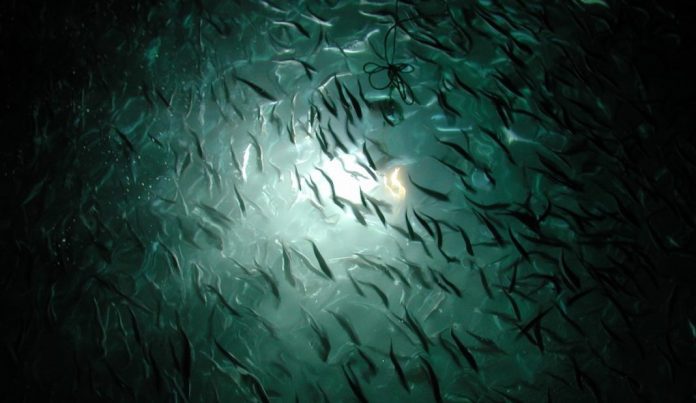The annual “Monitoring program for drugs, illegal substances and pollutants in farmed fish” report is ready.
The report, prepared by the Institute of Marine Research on behalf of the Norwegian Food Safety Authority, has examined 13,920 farmed fish in 2018 for illegal substances, drugs and environmental toxins.
More than 90 per cent of the fish surveyed were farmed salmon. The rest was rainbow trout, halibut, cod, turbot or char.
Under EU law, all food-producing animals must be monitored for certain substances and residues thereof. In Norwegian farmed fish, the following two groups are monitored: Substances with anabolic effect and prohibited substances, as well as veterinary preparations and pollutants.
According to the Institute of Marine Research, samples from farms and harvest plants were collected by inspectors from the Norwegian Food Safety Authority. The samples were taken from all fish-producing regions in Norway and then transmitted to the Institute of Marine Research, where they were anonymized to the researchers before being analyzed.
These are the main findings of the 31-page report:
- None of the pollutants had levels that were above the EU’s maximum limit where set.
- The levels of environmental toxins have been stable over the last few years after several years of decline.
- Remains of medicines for salmon lice in four samples. All samples were below the limit value.
- No discoveries of illegal compounds, antibiotics or drugs found.
No finding of residues of illegal substances, nor any samples of residues of legal drugs or environmental toxins above the EU’s set limit value, are consistent with previous years’ findings.
You can read the entire report here.

